
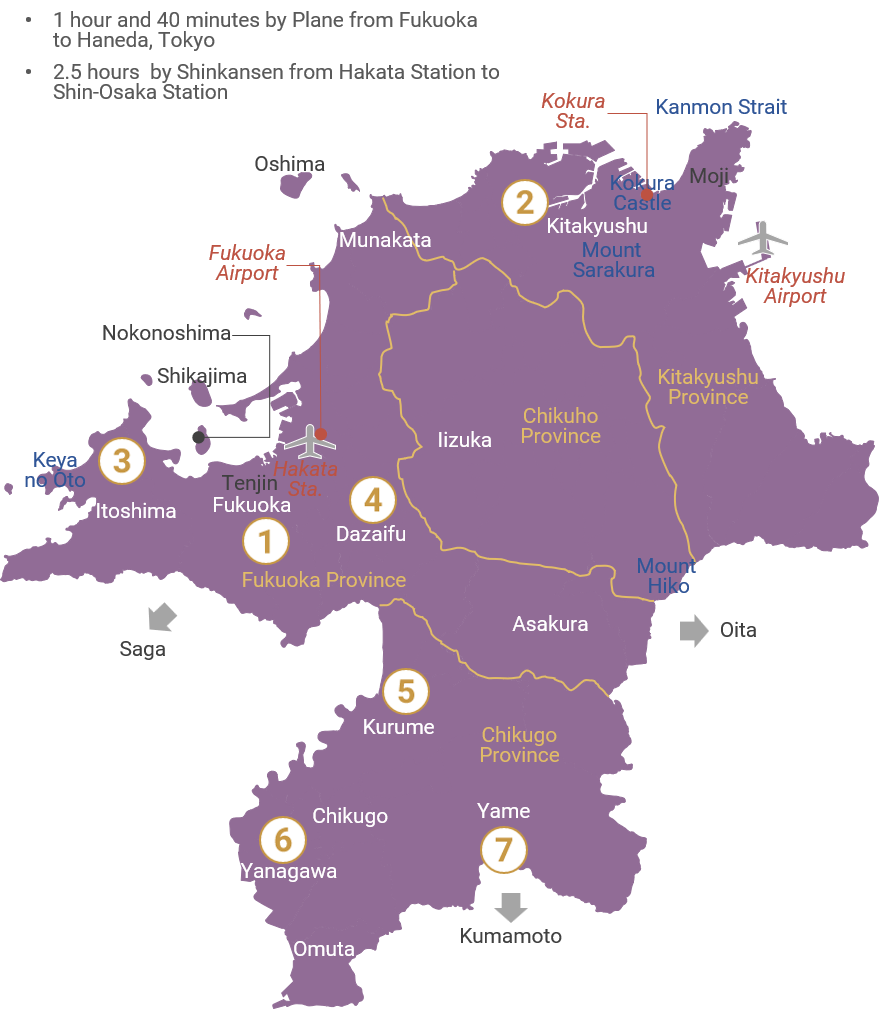
Established in 1889, Fukuoka City combines the ancient port of Hakata and the samurai heritage of Fukuoka. Once it played a vital role in trade with Korea and China. Today, it serves as the prefectural capital of Fukuoka Prefecture
Video by Fukuoka City, © Fukuoka City.
Formed in 1963 by merging five cities, Kitakyushu is known for its steel production and tech industry. Historically, it has been an important industrial hub since the Meiji era
Video by Kitakyushu City, © Kitakyushu City.
Itojima City, a historic trading hub, features ancient tombs and scenic spots by the sea and mountains. Just one train ride takes 40 minutes from Fukuoka City Center (Tenjin, Hakata, Fukuoka Airport) to JR Chikuhisen Chikuzen-Maebaru Station, without transfers
Video by Itoshima City, © Itoshima City.
Served as the administrative center for Kyushu from the 7th to the 12th centuries and is famous for the Dazaifu Tenmangu Shrine and traditional Japanese sweets like umegae mochi
Video by Dazaifu City, © Dazaifu City.
Historically renowned for its castle town and traditional crafts, Kurume City has been a vital hub for over a millennium. Initially serving as the administrative center of Chikugo Province, it played a significant role in regional trade and cultural exchange
Video by Kurume City, © Kurume City.
Yanagawa City, known as the "Venice of Japan," is famous for its canals and eel cuisine, with a rich samurai history. Noteworthy is "Ohana," a historical residence turned hotel by the Tachibana family, the former feudal lords of Yanagawa, featuring traditional Japanese architecture and beautiful gardens
Video by Yanagawa City, © Yanagawa City.
Renowned for its high-quality tea, traditional crafts, and lanterns. Its history of tea cultivation dates back to the Kamakura period (1185-1333), underscoring its long-standing agricultural and cultural traditions
Video by Yame City, © Yame City.
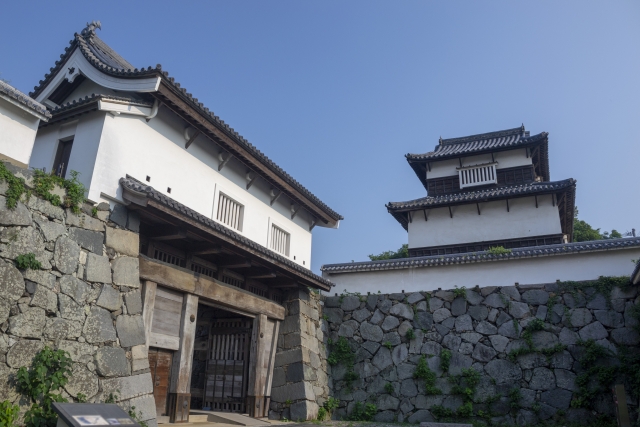
Built during Japan's Sengoku period of intense civil war, this fortress was erected by feudal lord Kuroda Nagamasa (1568-1623) in Chikuzen Province (part of Fukuoka Prefecture now). It was completed in 1607 as a crucial strategic stronghold
View on Google Maps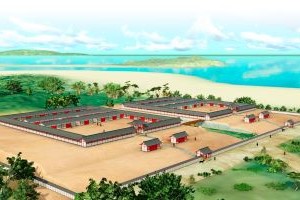
The Korokan, a diplomatic center in the Asuka, Nara, and Heian periods, facilitated Japanese missions to China and Korea. Established in 688 CE, it evolved into a trade hub until an arson incident in 1047 caused its disappearance. Dr. Heijiro Nakayama's theory, based on historical sources, locates it within Fukuoka Castle, now widely accepted
Photo by Fukuoka City, © Fukuoka City.
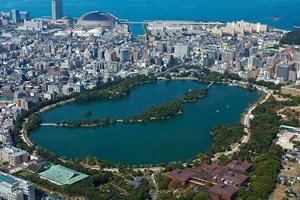
Ohori Park, once an inlet of Hakata Bay, served as an outer moat for Fukuoka Castle during the Edo period. Landscaping began in 1927 for the East Asian Industrial Exposition, leading to the park's establishment as the current Prefectural Park in 1929
Photo by Ohori Park, © Ohori Park.
Canal City Hakata, a redevelopment project, opened its doors in 1996. Covering an area of about 43,500 square meters, this multifaceted complex hosts a variety of businesses including a shopping mall, cinemas, theaters, amusement facilities, hotels, showrooms, and offices
Video by Canal City Hakata, © Canal City Hakata.
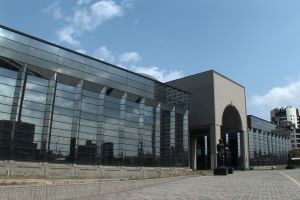
Fukuoka City Museum, opened in 1990, is renowned for housing the national treasure, the "Gold Seal of the King of Na" from the Han dynasty. It explores Fukuoka's history shaped by Asian exchanges and showcases diverse forms of expression
Photo by Fukuoka Prefecture Tourism Association, © Fukuoka Prefecture Tourism Association.
Kanmon Strait, dividing Kyushu and Honshu islands, is famous for its strong currents and picturesque views. Adjacent to it, Mojiko Retro Town preserves the nostalgia of the Meiji era with its historic buildings, once a bustling port town thriving from its proximity to the strait
Video by Kitakyushu City, © Kitakyushu City.
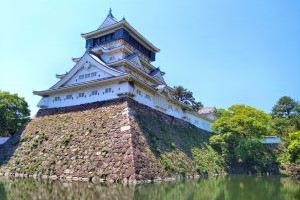
Completed in 1609 by Hosokawa Tadaoki served as a military stronghold and administrative center. Reconstructed in 1959 due to the aspirations of citizens
View on Google Maps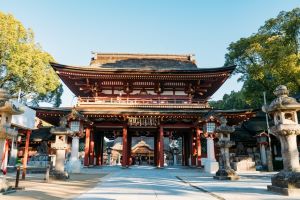
Established in 919 CE, Dazaifu Tenmangu Shrine honors Sugawara no Michizane, known as Tenjin-sama. It's among Kyushu's largest shrines and the main shrine of around 12,000 nationwide. Featuring a vermilion-lacquered main hall, gardens, a treasure hall, and hosting the Kyushu National Museum
View on Google Maps
Established in 2005, Kyushu National Museum is Japan's fourth national museum. It offers a unique perspective on Japanese culture from an Asian historical viewpoint, serving as a gateway for cultural exchanges in Kyushu, known for its historical interactions
View on Google Maps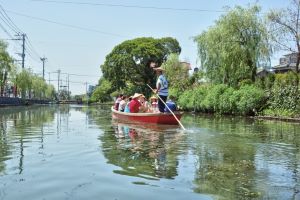
Dating back to the Edo period during the construction of Yanagawa Castle, artificial moats were dug to shape the castle town. These waterways, engineered for flood control and irrigation, reflect the ingenuity of past generations. Cruising down the Yanagawa River offers a scenic tour of these historic moats, winding through seven loops
View on Google Maps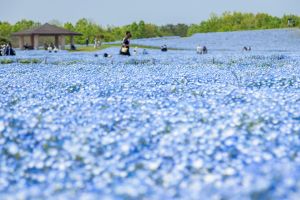
Vast national park located on a sandy isthmus called "Uminonakamichi," surrounded by Hakata Bay and the Genkai Sea. Visitors can enjoy interacting with cute animals such as squirrels and capybaras, as well as seasonal flowers throughout the park
Photo by Fukuoka Prefecture Tourism Association, © Fukuoka Prefecture Tourism Association.
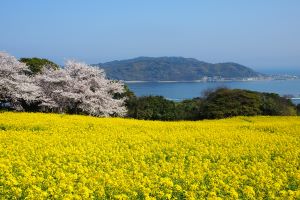
Located on Nokonoshima Island, a 10-minute ferry ride from Fukuoka City's Meinohama, this natural flower park features seasonal blooms, a mini zoo, hands-on activities like pottery and painting, cottages for accommodation, and restaurants
Photo by Fukuoka Prefecture Tourism Association, © Fukuoka Prefecture Tourism Association.
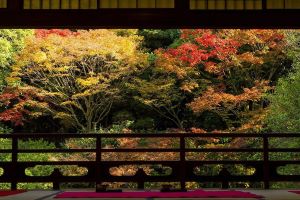
Established as a villa by Kuroda Tsugutaka (1703-1775), the sixth lord of the Fukuoka Domain, during the middle of the Edo period, Yusentei was later developed into the first pond-strolling Japanese garden in Fukuoka City and opened to the public as Yusentei Park in 1981
Photo by Fukuoka Prefecture Tourism Association, © Fukuoka Prefecture Tourism Association.

Located in northern Itoshima Peninsula, Sakurai Shrine was built in the early Edo period by Kuroda Dadayuki (1602-1654), the second lord of the Fukuoka Domain. The main hall, constructed in 1632, showcases intricate woodwork and colorful carvings
View on Google Maps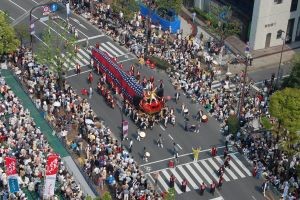
The "Hakata Dontaku Port Festival" traces its roots back to the traditional event "Hakata Matsubayashi," believed to have started in 1179. It evolved into the "Fukuoka City Citizens' Festival" in 1962, with widespread community participation, and has persisted through the years
Photo by Fukuoka Prefecture Tourism Association, © Fukuoka Prefecture Tourism Association.
The Hakata Gion Yamakasa Festival, held every July in Hakata, features elaborate floats and thrilling "Oiyama" races. Recognized as a UNESCO Intangible Cultural Heritage in 2016, the festival dates back to 1241 when monk Shōichi Kokushi sprinkled holy water from a float to end a plague
Video by Hakata Gion Yamakasa Promotion Association, © Hakata Gion Yamakasa Promotion Association.
The Kokura Gion Daiko, a Gion festival in Kitakyushu City's Kokura, designated as an "Important Intangible Folk Cultural Property," has endured for centuries. Originating in 1617, it mirrors Kyoto's Gion festival, initiated by Hosokawa Tadaoki to wish for the prosperity and well-being of the castle town. The festival features drums, sliding bells, and floats pulled by children
The sweetness of Kyushu soy sauce, including varieties from Fukuoka, is remarkable. This tradition originated in the 17th century when the availability of sugar increased through imports via Nagasaki, prompting locals to infuse it into soy sauce as a gesture of hospitality. Kyushu's warm climate, conducive to increased perspiration, further nurtured a preference for sweet and salty flavors, evident in the region's soy sauce. This fusion of historical and climatic influences contributes to the distinctive taste of Kyushu cuisine.
While many countries preserve diverse regional cuisines, Japan also offers its unique culinary journey. This video highlights select dishes, showcasing distinct local specialties and historical influences in the region
Video by Ministry of Agriculture, Forestry and Fisheries, © Ministry of Agriculture, Forestry and Fisheries.
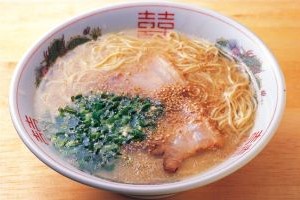
Renowned for its rich tonkotsu (pork bone) broth and thin noodles, making it a must-try local specialty. Notably, globally recognized ramen chains like Ippudo (Hakata), Ikkousha (Hakata), Ichiran (Itoshima), and Kanadaya (Yukuhashi) originally hail from Fukuoka Prefecture
Photo by Fukuoka Prefecture Tourism Association, © Fukuoka Prefecture Tourism Association.
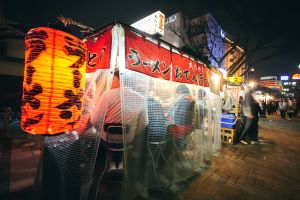
Fukuoka's yatai (street food stalls) began after 1945 to address food shortages. Hakata, known for its vibrant yatai culture at night, still has around 100 yatai offering dishes like ramen (noodle soup), yakitori (grilled chicken skewers), and oden (a stew of fish cakes, tofu, and vegetables)
Photo by Fukuoka Prefecture Tourism Association, © Fukuoka Prefecture Tourism Association.
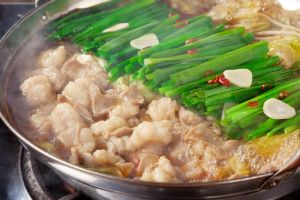
Hearty hot pot dish made with offal and vegetables, originated in Fukuoka after 1945, gaining popularity among coal miners for its nutrition. Later, it surged in popularity among young women due to its collagen-rich and vegetable-filled qualities, beneficial for beauty and health
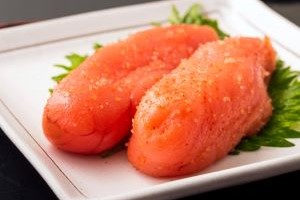
Spicy cod roe marinated in chili pepper, a flavorful topping for rice and noodles, was developed by Fukuya founder Mr. Toshio Kawahara as Hakata-style spicy mentaiko in 1948. Without patenting the process, he expanded the market by teaching other companies, contributing to Hakata's mentaiko food culture

JR Kyushu, part of Japan Railways, offers the SUGOCA card, a rechargeable smart card for transportation and shopping, similar to Suica. It simplifies fare payment on trains, buses, and at stores nationwide. However, it's region-specific and cannot be used for inter-JR region travel, except for special Shinkansen deals via Express Reservations

Designed for exploring Kyushu, this pass offers various options tailored to Northern Kyushu, Southern Kyushu, or the entire region. Enjoy the flexibility of choosing seats on local trains, limited express trains, and even the Shinkansen
Nishitetsu is a company based in Fukuoka Prefecture, operating railways (including the Tenjin-Omuta Line, Dazaifu Line, Kamegawa Line, and Kaizuka Line) as well as route buses and express buses within the prefecture

This pass offers unlimited rides on almost all Express Buses and local buses in Kyushu's seven prefectures, as well as in the Shimonoseki and Nagato area (Yamaguchi), plus access to select ferries
Nexco West, one of Japan's three expressway management companies, offers international car renters unlimited access to the Kyushu Expressway for a flat fee, covering most sections, with some exclusions
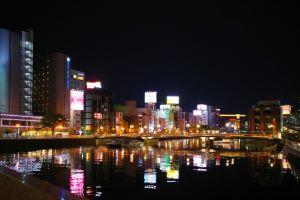
Nakasu, formed by sedimentation from the Naka River, connects Fukuoka and Hakata. Modernized since the Meiji era, it's now Western Japan's largest entertainment district and one of Japan's top three alongside Tokyo's Kabukicho and Sapporo's Susukino
View on Google MapsOpened in 1976, Tenjin Chikagai is a bustling underground shopping mall with over 150 shops and restaurants. Featuring European-inspired design, it offers a variety of fashion, food, and lifestyle goods. Conveniently connected to subway stations and major department stores, it’s a popular spot for locals and tourists alike
Video by Tenjin Chikagai, © Tenjin Chikagai.
BOSS E・ZO FUKUOKA is a next-generation, multi-entertainment space, including "teamLab," situated adjacent to Fukuoka PayPay Dome. This eight-story building, directly linked to the Dome's third-floor deck, offers a variety of cutting-edge entertainment and activities in Momochi
Video by BOSS E・ZO FUKUOKA, © BOSS E・ZO FUKUOKA.
Fukuoka Prefecture, part of the Kyushu Region of Japan, has Fukuoka City as its capital and epitomizes diversity—boasting Kitakyushu's industrial prowess, Fukuoka's central importance, Chikugo's agricultural prominence, and Chikuho's emerging industries. Historically, it served as a pivotal conduit for Japan’s exchanges with Asia, featuring administrative hubs like Dazaifu and diplomatic sites such as the Korokan. Its strategic location enabled the development of extensive transportation networks, establishing it as a key commercial center in Kyushu.
Video by Fukuoka Prefecture Tourism Association, © Fukuoka Prefecture Tourism Association.